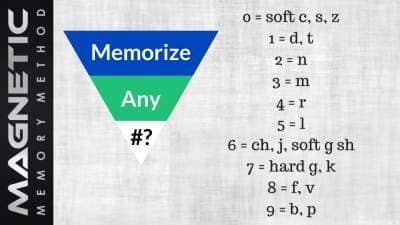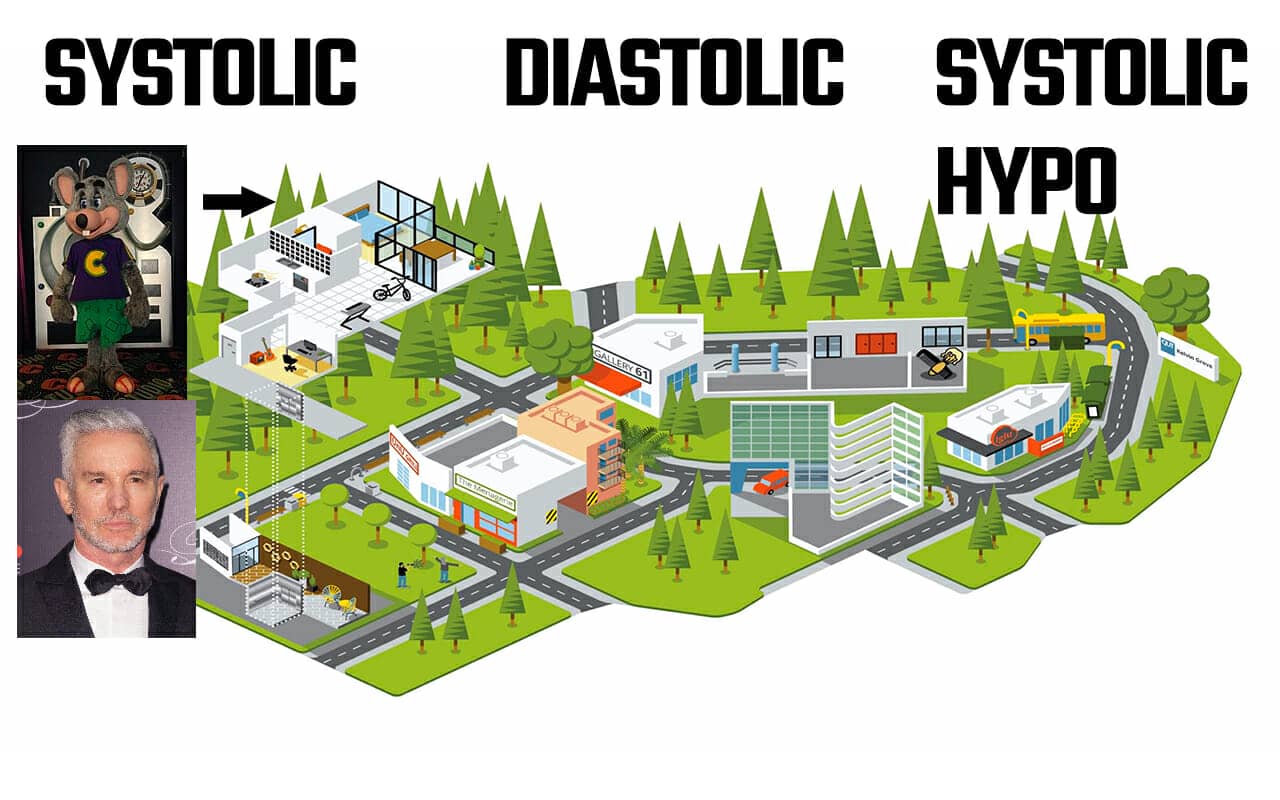 You’ve probably heard people say that you don’t have to memorize every single number related to the pediatric vital signs.
You’ve probably heard people say that you don’t have to memorize every single number related to the pediatric vital signs.
Some study guides will say that most tests mainly ask you to remember the numbers related to:
- Heart rate
- Respiratory rate
- Blood pressure
And they suggest you only need to know these numbers for these age ranges:
- Neonate
- Infant
- Toddler
Do you feel like a professional when you follow recommendations like that?
Or would you prefer to ace the exam and be that extraordinary medical professional who really cares about all pediatric age ranges and their needs?
I’m betting you want to be better than the best, so here’s what I’ve got for you on this page:
I’m going to show you a fun and easy way to remember all the normal newborn vitals and the vital signs for any pediatric group.
Ready?
Let’s dive in.
What Are Normal Peds Vitals for Newborns & Infants?
Using a chunking memory strategy, it’s fast and easy to group the pediatric vital signs together. Let’s first have a look at what they are, and then use this strategy in combination with a few other memory techniques to learn them fast.
Heart Rate Vitals
The normal ranges for heart rate are grouped by age:
- Neonate (1-28 days), 110-180 bpm
- Infant (1-12 months), 110-160 bpm
- Toddler (1-3 years), 80-110 bpm
Respiratory Rates
The normal respiratory rates grouped by age are:
- Neonate, 30-60 breaths/min
- Infant, 30-60 breaths/min
- Toddler, 24-40 breaths/min
Blood Pressure
The normal range for blood pressure in the pediatric age ranges are divided by systolic, diastolic and systolic hypotension:
- Neonate, 60-90 (systolic), 20-60 (diastolic), <60 (systolic hypotension up to 28 days old)
- Infant, 70-105, 35-55, <70
- Toddler, 85-105, 40-65, <70
3 Easy Ways to Remember Pediatric Vital Signs
When it comes to applying mnemonics to any medical terminology involving numbers, you have choices. They all involve mnemonic images of one sort or another and include:
Here are some examples of how to apply these memory strategies to each of the pediatric vital signs you need to know.
Number Rhyme Mnemonic Examples For The Heart Rate Vitals
To remember that the neonate heart rate vitals should be 110-180, you can use a rhyme like: “One hundred 110 neonate hens drink 180 cups of tea.” Because hen rhymes with 10 and tea with 80, you give yourself a powerful hook using rhymes.
You would then make more rhymes, such as “110 infants wear 160 pixie pants.” This can help you remember this particular vital sign range for this age group.
Finally, using this technique, you could try something like, “80 late toddlers took 110 hens to see the Dodgers.”
We know from the science of active recall that it’s best if you personalize these rhymes so they involve your personal experiences and ideas. But if any of my suggested rhymes make sense for you, by all means use them.
Major System Mnemonic Examples For Respiratory Rates
The Major System (sometimes called the Major Method) is a bit more robust. But it’s well worth learning because it lets you build up to an even more robust method.
I personally started memorizing numbers with the Major just like I’m about to show you, however, and used it for years on this simple basis.
First, you need to commit this simple number-consonant set to memory:
Next, you form words out of numbers by drawing upon the number-consonant pairs. Let’s use the diagram above to work this out.
For a neonate, we have 30-60 breaths per minute.
Using the Major System, 3 is an M and 0 is a soft c, s or z. The image I usually use for this number is Mickey Mouse. For 60, I use another mouse: Chucky Cheese, in this case because 6 is a ch, j or soft g sound.
This can sound complex if you don’t yet know the Major, but when you do, it’s fast and easy to memorize any set of numbers.
To associate this range specifically with the neonate category within the pediatric respiratory ranges, you can use the story and linking method. In many ways, just developing images for numbers gives you the story when you combine them together with the target information.
In this case, I would just imagine Mickey Mouse and Chucky Cheese interacting in an incubator as they themselves are neonates.
It’s fun, easy and the best part is that you’re participating in older memory techniques, like ars combinatoria and the memory wheel.
PAO System Examples For Blood Pressure Vitals
This set of vital signs is a bit trickier. That’s because you have to know both the age groups and the systolic, diastolic and systolic hypotension categories.
For this reason, I would strongly advise that you combine a PAO System approach with a Memory Palace, rather than trying to manage the mnemonics purely in your mind.
First, what is a PAO System? Basically, it’s the Major System you’ve just discovered built out to a set of mnemonic associations in advance. Any time you that you look at a set of paired numbers, you’ll instantly have an image.
For example, systolic blood pressure for a neonate is 60-90. For me, that’s Chucky Cheese and Baz Luhrmann. If you look at the Major System diagram above, you can see that 9 is represented by b or p, hence “Baz” for this choice.
Using the Memory Palace Technique
Now, to make this image for the systolic blood pressure flow to diastolic with ease, I would lay the mnemonic associations out in space. For this, I would use a Memory Palace, which is a mental recreation of a familiar location. Here’s a neighborhood I’ve used many times, for example:

Using this technique specifically for the neonate age group, I would carve up the neighborhood into the categories.
Then, starting with the neonate range, I would place the associations of Chucky Cheese and Baz Luhrmann in the bedroom of my apartment. Like this:
Moving onto the systolic ranges for infant and toddler, I would add more images to the kitchen of that apartment and then the open area or the computer room.
Once established, the next part of the Memory Palace rapidly takes mnemonic associations for the diastolic and systolic hypotension ranges.
Albeit robust, combining number systems withe Memory Palace technique is a tried and true method. Many Medical Students have learned it before and I highly recommend you do too.
The Normal Newborn Vitals Are Easy & Fun To Learn!
Many of my students worried that the techniques I’ve just suggested might be too complicated.
But as Rose Szwed has shared on my podcast, it was actually easy once she got started. There are many more testimonials from medical students you can read if you would benefit from more inspiration.
At the end of the day, it just takes action along with a willingness to explore and experiment with the ancient memory techniques I teach. They apply just as much to the normal peds vitals as they to do remembering how blood flows through the heart or lab values.
If you’d like more help, especially with the Memory Palace part, sign up for my FREE Memory Improvement course right here:
It will help make sure you know all the ins-and-outs of getting these techniques correctly. That way, you can take what you’ve already learned about how to memorize all of the pediatric vital signs and apply it with confidence.
So what do you say?
Are you ready to start adding these critical number ranges to your memory?
I commend you for your commitment to being a top-notch professional for newborns!
Related Posts
- Nelson Dellis On Remember It! And Visual Memory Techniques
Looking for visual memory techniques? And I mean truly visual. In this episode of the…
- How to Remember Purines and Pyrimidines: Proven Memory Tips
The easiest way to remember purines and pyrimidines is not a boring old mnemonic. Read…
- Memory Improvement Fun And Games: Mark Channon Talks About How To Remember Anything
Mark Channon Makes Memory Improvement Fun!










